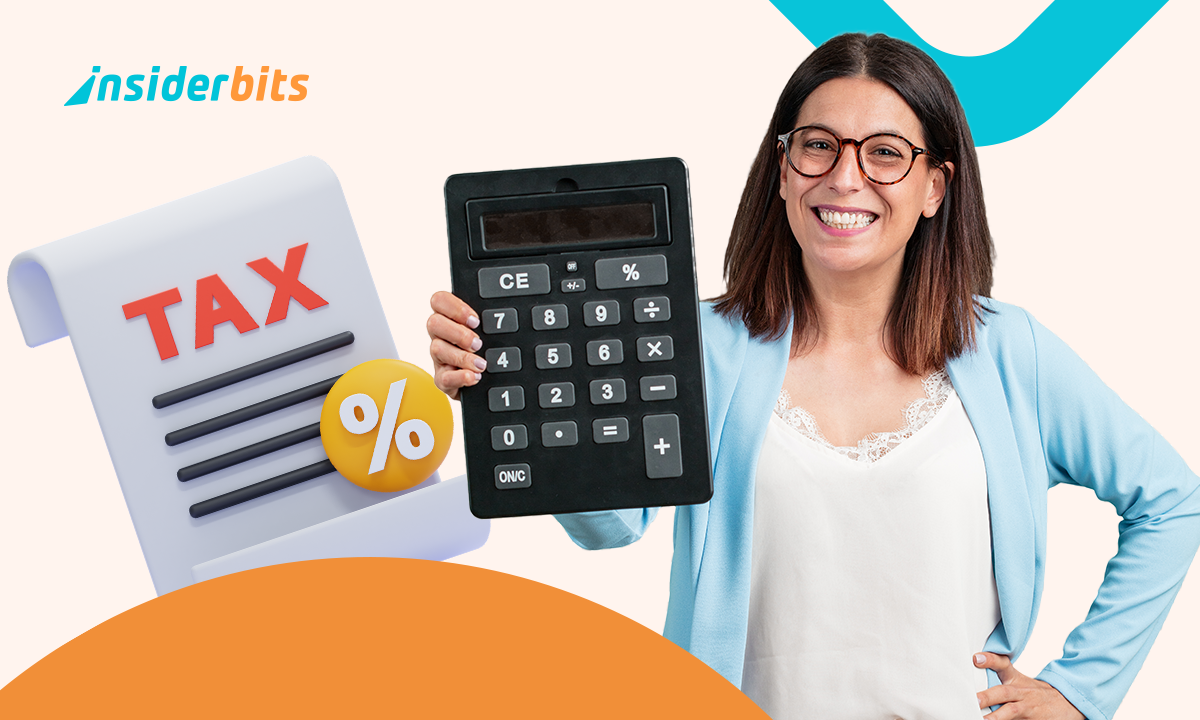In today’s digital age, where misinformation spreads faster than ever, Instagram fact-checking tools have become a critical line of defense. But how exactly do they work?
How Instagram Fact-Checking Tools Work
Instagram’s fact-checking system isn’t run by some all-knowing AI—it relies on third-party organizations (like AFP, FactCheck.org, and local partners) to review flagged content. Here’s the step-by-step:
- User Reports or AI Detection: posts get flagged either by users or by Instagram’s algorithms;
- Review by Fact-Checkers: partner organizations assess the claim using evidence-based research;
- Action Taken: if marked false, the post gets:
- A warning label (with a link to corrections);
- Reduced reach (hidden from Explore and hashtags);
- Possible removal for repeat offenders.
But here’s the catch: the process isn’t instant. Virality often outpaces fact-checking—meaning misinformation can spread before corrections land.
Information on the app
- Platforms: Android | iOS
- Dimensioni: ~100MB Android / ~200MB iOS
- Download: 5B+
- Valutazione: ⭐ 4.3/5 stars
- Prezzo: free (with in-app purchases for Meta Verified)
Caratteristiche principali:
- Photo/video sharing and editing tools;
- Stories and Reels for temporary content;
- Fact-checking labels on questionable posts;
- Shopping and business tools.
4.7/5
Real-Life Examples: Fact-Checking Hits and Misses
When Instagram’s fact-checking system works, it can be remarkably effective at containing dangerous misinformation. These are some notable cases where the platform got it right:
The Hits
- COVID-19 Misinformation: early in the pandemic, Instagram slapped labels on posts promoting “miracle cures” like bleach ingestion, linking them to WHO guidelines;
- Election Fraud Claims: in 2020, posts alleging rigged U.S. voting systems were demoted, with labels redirecting to official results.
The Misses
- War and Conflict Errors: during the Israel-Palestine conflict, Instagram’s filters wrongly censored Palestinian activists’ posts as “terrorist content” before backtracking;
- Cultural Bias: fact-checkers often misinterpret satire or local context—like flagging Brazilian memes as “fake news.”
Takeaway: the system’s only as good as its human reviewers… and humans make mistakes.

Privacy Concerns: Who’s Watching What You Post?
Fact-checking sounds noble—until you realize:
Your DMs Aren’t Safe
While Instagram publicly states that private messages remain untouched by fact-checkers, there’s a troubling caveat: Meta’s advertising algorithms actively scan your DMs for what they deem “policy violations”.
This creates a disturbing contradiction—your intimate conversations might escape fact-checking labels but could still be flagged and analyzed by automated systems designed to protect ad revenue.
The company walks a fine line between user privacy and content moderation, leaving many to wonder: if your messages are private, why are they being scanned at all?
Data Access
The data-sharing practices with third-party fact-checkers present another layer of concern. These external organizations gain access to not just your public posts, but often your username, engagement patterns, and sometimes even location data.
This raises critical questions about data retention: how long is this information stored? Who has access to it? Could it be used for purposes beyond fact-checking?
The lack of transparency around these protocols creates legitimate worries about the potential for misuse or unauthorized access to sensitive user information.
Censorship vs. Protection
Perhaps most troubling is the fundamental question of authority in the digital age. When Meta—a profit-driven corporation—becomes the arbiter of truth, it wields unprecedented influence over public discourse.
Critics argue this concentrates too much power in the hands of a single entity, potentially enabling the suppression of legitimate dissent under the guise of fighting misinformation.
The line between protection and censorship becomes dangerously blurred when corporate interests get to decide which narratives are “true” enough for public consumption.
This system, while well-intentioned, creates a slippery slope where the very platforms meant to facilitate free expression may inadvertently become tools of information control.
The Future of Online Fact-Checking
Dr. Lisa Fazio, a leading misinformation researcher at Vanderbilt University, offers a sobering perspective on current fact-checking approaches:
“While automated tools provide temporary solutions, they’re essentially just Band-Aids on a much deeper wound”, she explains.
“The sustainable solution lies in media literacy education—platforms need to empower users with critical thinking skills to identify misinformation themselves, rather than simply removing questionable content”.
Looking ahead, experts anticipate several developments in digital fact-checking. Artificial intelligence will likely play an expanded role, bringing faster detection speeds but potentially increasing false positives as algorithms struggle with nuance.
Many advocate for investing in regional fact-checking teams to address cultural context gaps that currently plague global platforms.
Perhaps most intriguing is the emerging concept of customizable user controls, which would allow individuals to personalize their fact-checking preferences based on their needs and risk tolerance.
4.7/5
The Bottom Line
Instagram’s fact-checking tools are a flawed but necessary start. They’ve slowed misinformation—but not stopped it. For now, your best defense? Stay skeptical, check sources, and don’t trust viral posts at face value.
Need to secure your account? Learn about Instagram’s two-factor authentication.
Official Fact-Checking Info: Meta’s Transparency Center.






